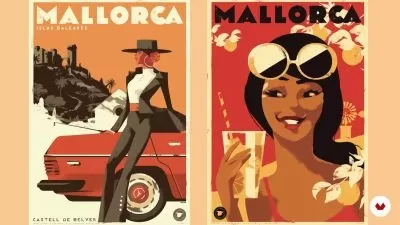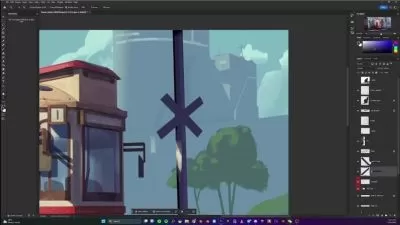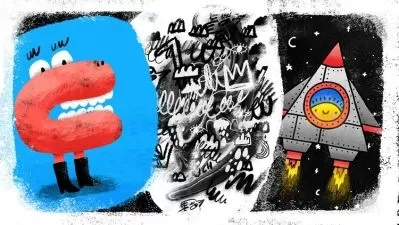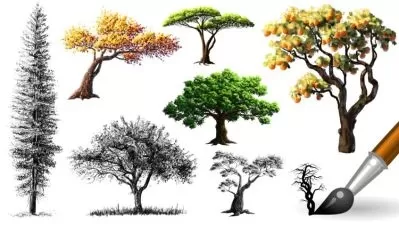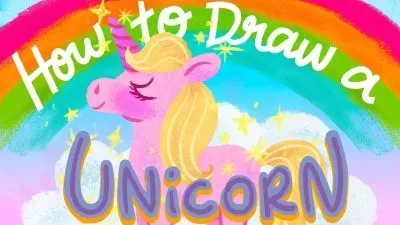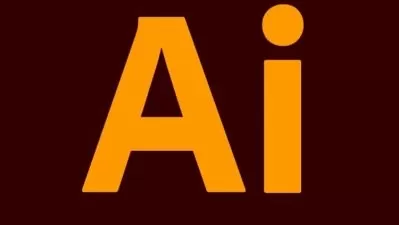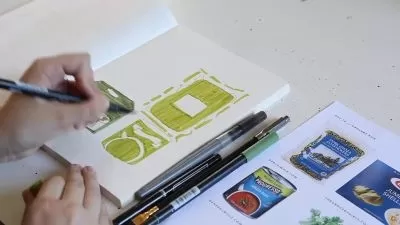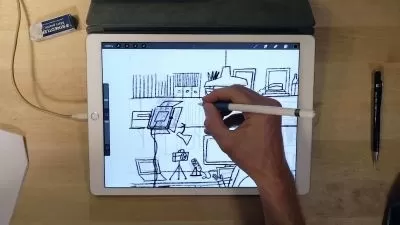About IllustrationLearn More
Illustration can be used for applications ranging from book and poster design to multimedia presentations. But it’s also a standalone practice whose principles can inform sculpture, painting, portraiture, and more.
Sort by:
Sorting
The newest
Most visited
Course time
Subtitle
Filtering
Courses
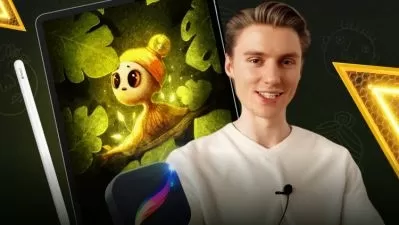
Udemy


Pavel Valentsiukevich
Procreate 2024: book illustration - Beginner to Advanced 7:29:12
03/01/2024
Frequently asked questions about Illustration
An illustration is a drawing that provides a strong visual to accompany a text, story, concept, or process. Artists can create illustrations using a variety of media, including but not limited to: graphite, colored pencils, watercolor, ink, markers, or even digital. They can be purely decorative like pattern design, technical like instructional diagrams, or even considered fine art like works by American artist Norman Rockwell. Historically, illustrations were used to provide visual imagery for books, magazines, and other various publications. Today, thanks to our digital evolution, illustrations are an integral part of our modern visual lives and create commercials, television and film, websites, and even social media.
Illustration is a large category of art that includes many subsets. Perhaps the most traditional illustration work is for books or other types of publications. This covers artwork for everything from children’s books to graphic novels to scientific drawings for medical journals. Another large category is fashion design, or creating preliminary concepts for new clothing or other types of pattern design. Other illustrators create storyboards for movies, television shows, or animations. The illustration also covers designers in the realm of the graphic arts, who create artwork digitally for websites, billboard signs, or even graphics on our phones like emojis.
To learn to become an illustrator, a foundation in drawing is helpful—specifically, a basic understanding of line, shading, value, and volume. The next step depends on the type of illustrator you’d like to become. For example, learning watercolor would be helpful to a budding fashion illustrator, while a future anime or manga artist may want to study ink drawing. As you advance with your illustration practice, you may want to take an online course. Knowing the basics for one or two types of software could expand your horizons into a digital illustration practice. Even if you are familiar with popular illustration software, changes and updates occur so frequently that you may find refresher courses immensely useful.





